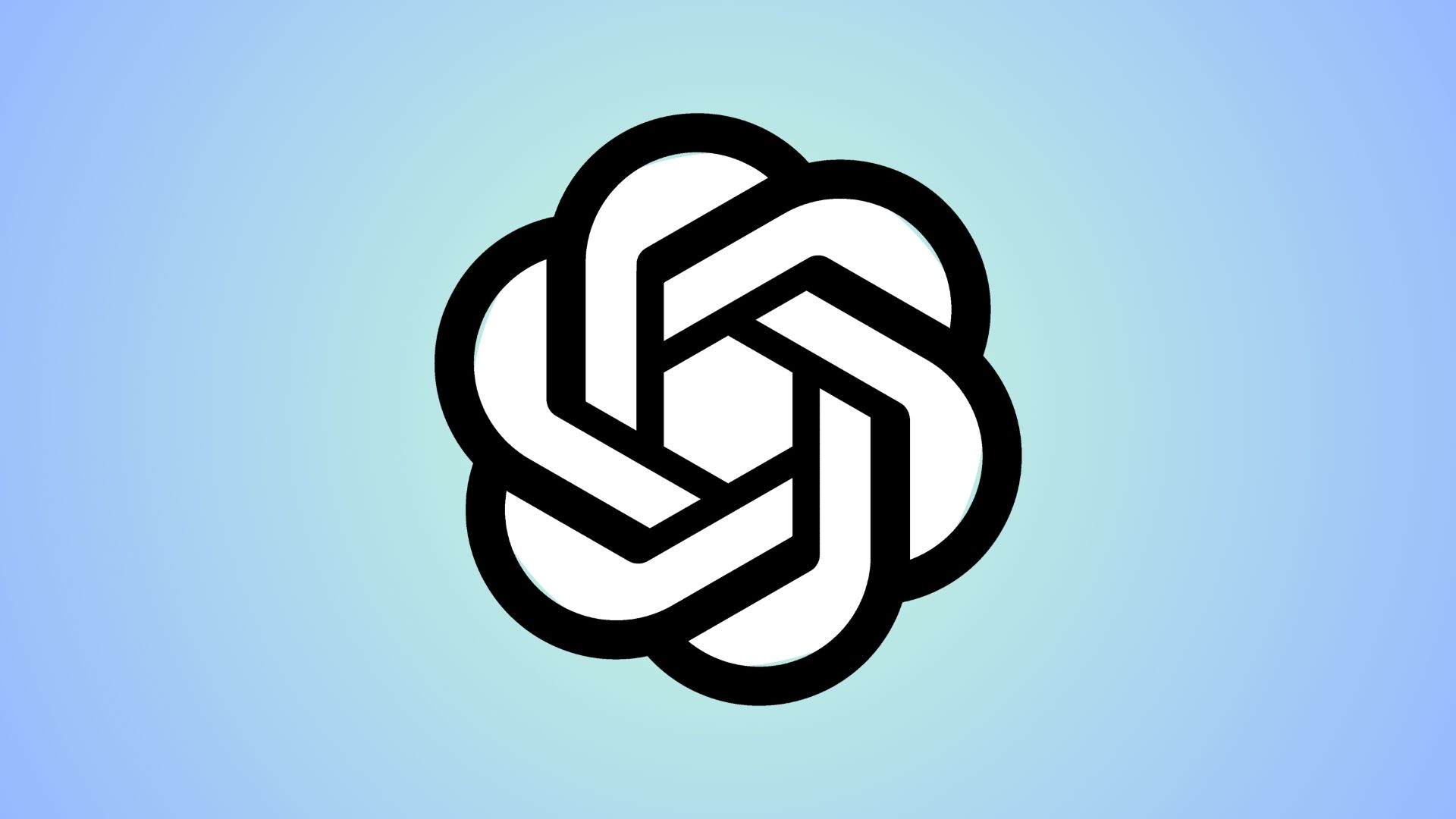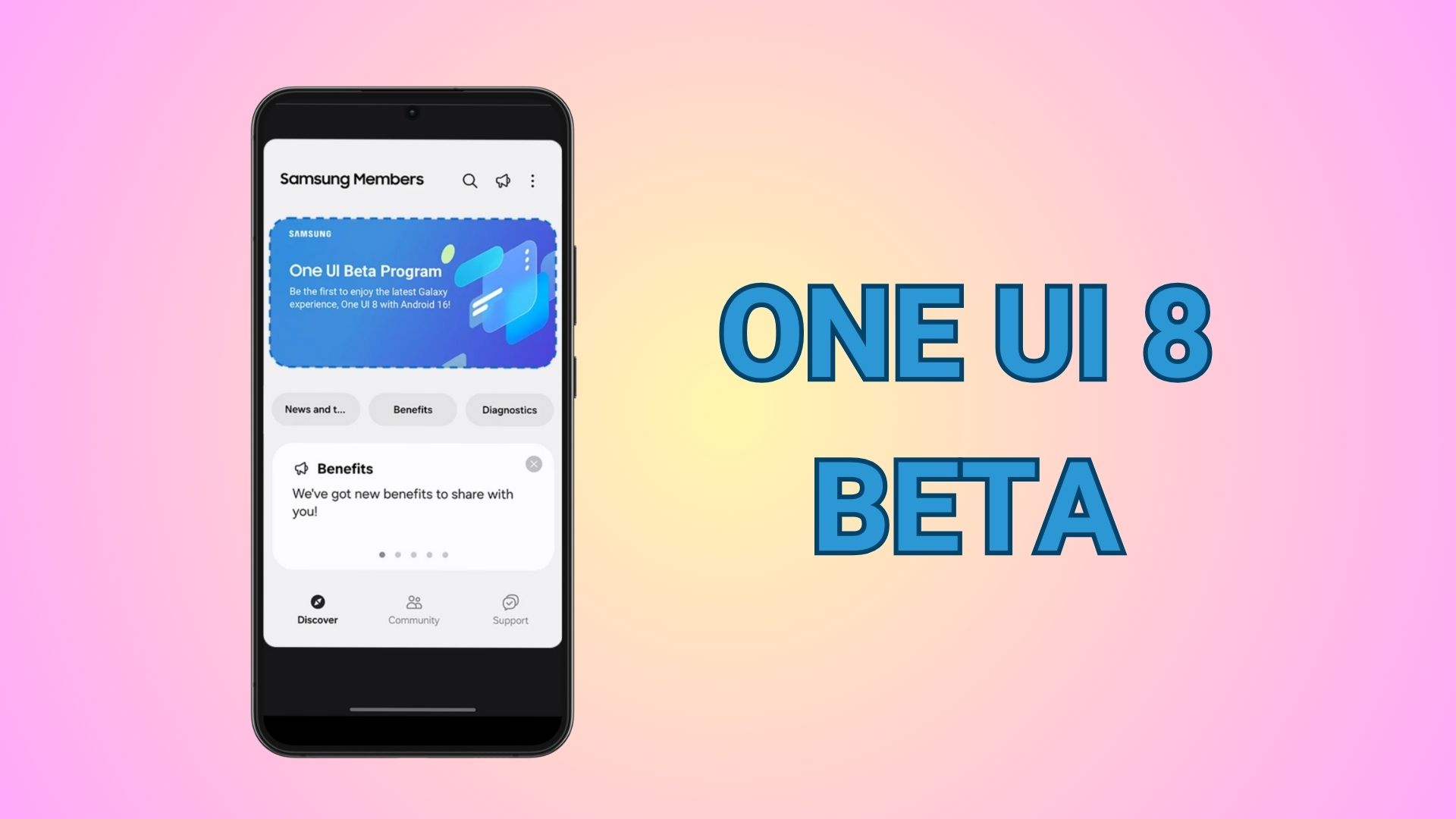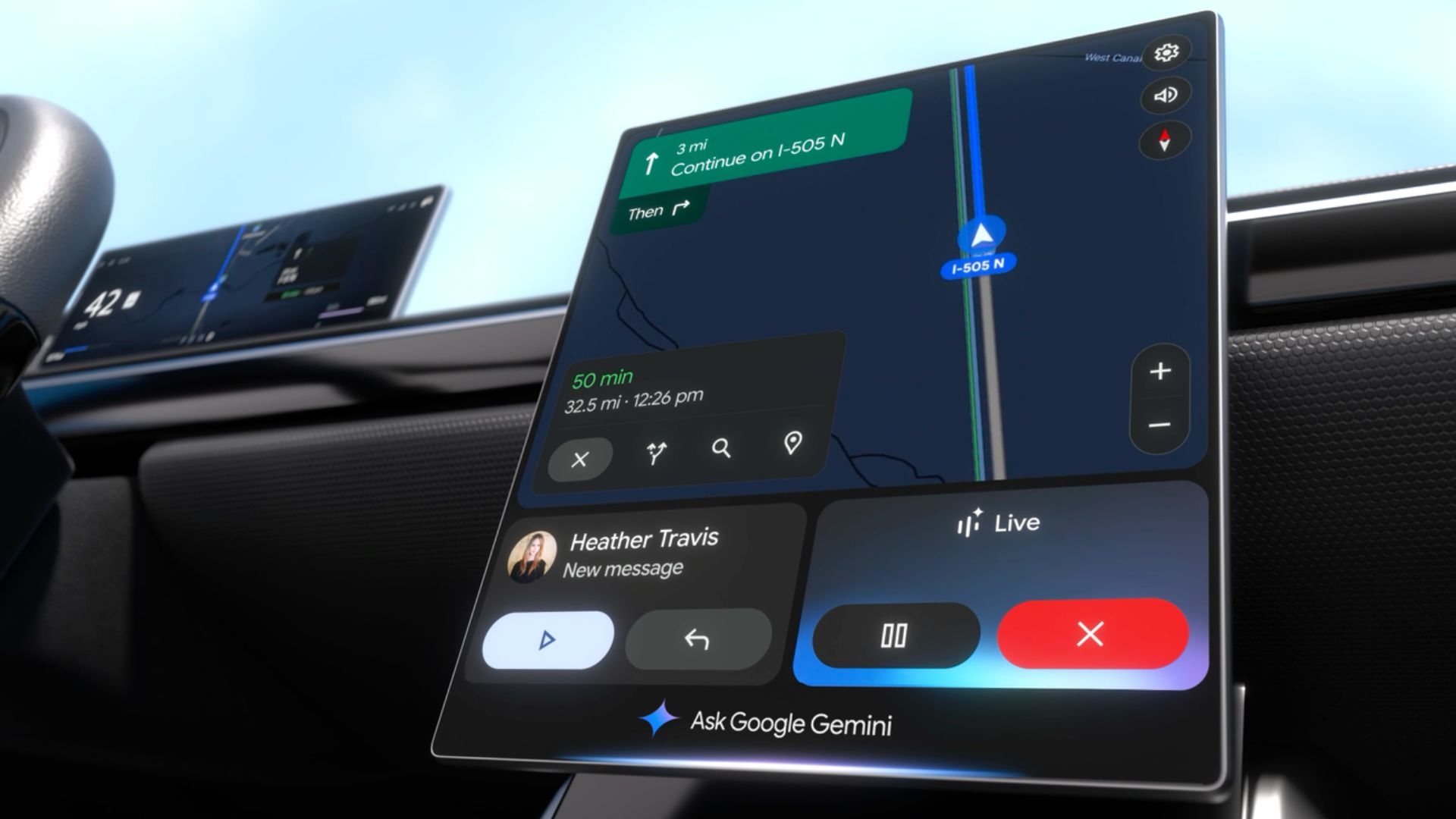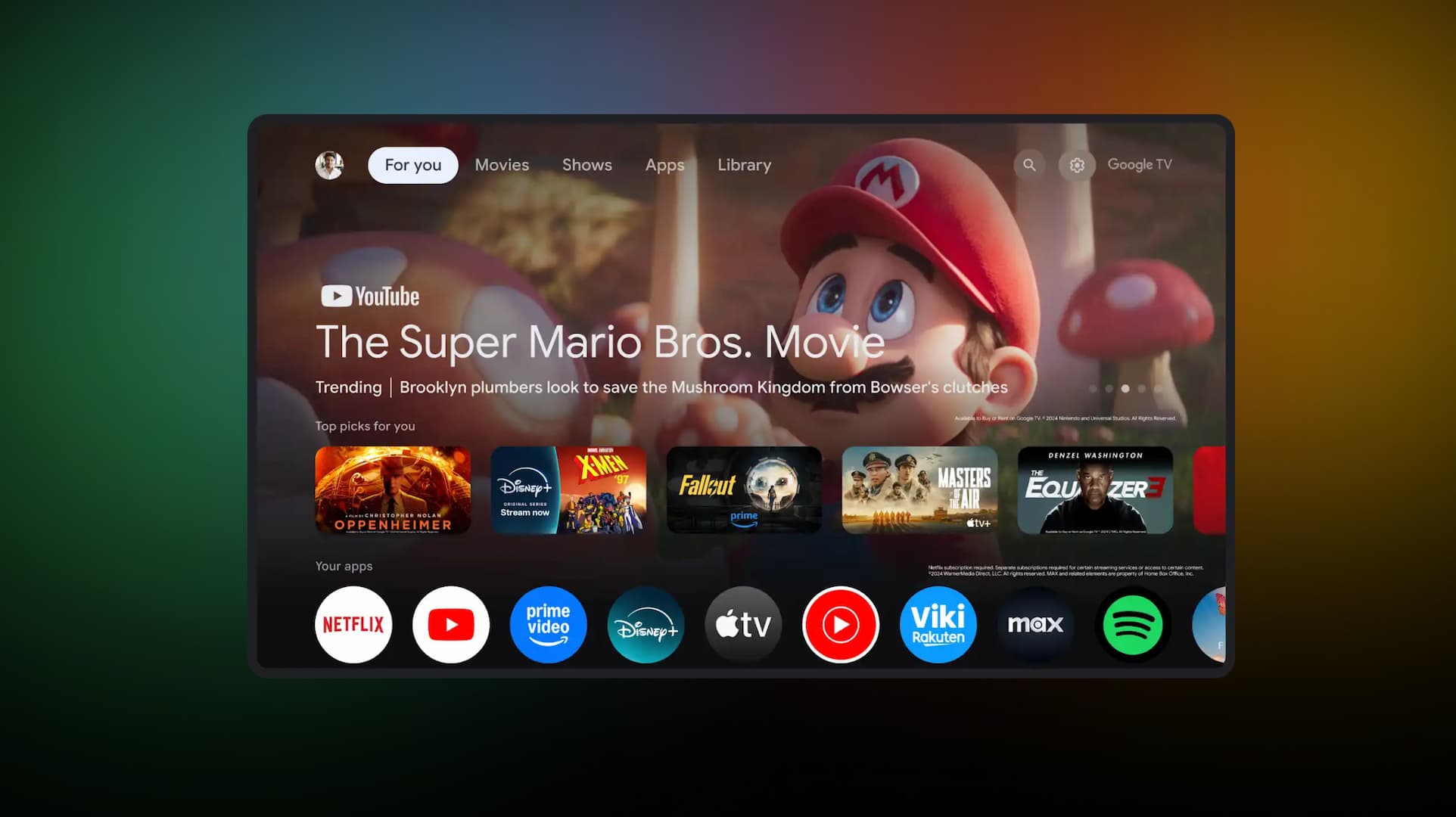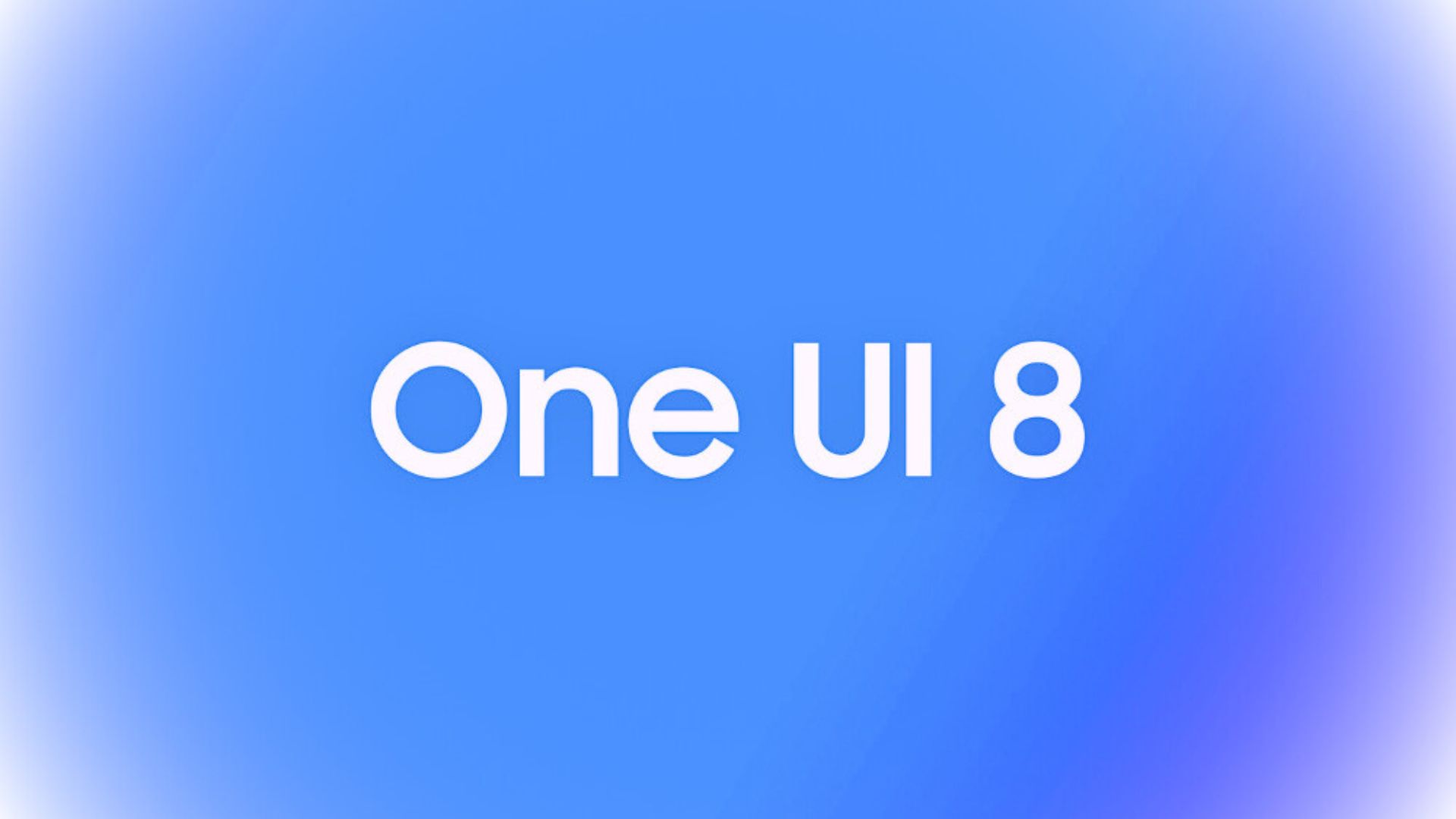Download September Pixel Feature Drop With Material 3 Expressive Design for Android 16
The first stable Android 16 update released to the public with June 2025 security patch. While the update focused on app adaptability, enhanced user engagement, professional-grade media capabilities, and more, the most anticipated Material 3 Expressive design language was missing. Today, with the latest September 2025 Pixel Feature Drop update, Google finally released Material 3 Expressive to the stable channel across all supported Pixel devices ranging from Pixel 6 to Pixel 9 Pro.
Google Pixel users have staretd receiving a massive OTA update today for the stable Android 16 firmware featuring Material 3 Expressive. The security patch also has been updated to September 2025.
The official Made By Google Twitter account also posted about the new Material 3 Expressive refresh and new features like Live Effects for lockscreen coming to Pixel phoens via latest Pixel Feature Drop from September 2025.
The latest PixelDrop gives past and present Pixel devices the premium Material 3 Expressive refresh and new features like Live Effects to unlock the magic of your lock screen.
What is Material 3 Expressive design?
Google’s Material 3 Expressive is a comprehensive redesign for Android and Wear OS devices that is set to transform how users connect with their smartphones and smartwatches. Building upon the foundation of Material You, this new design language takes personalization to a next level and also introduces fluid animations and glanceable information that makes device interaction more intuitive and enjoyable.
Nearly four years after introducing the Material You design system to billions of Android devices, Google is taking another bold step forward. Material 3 Expressive represents a natural evolution that maintains the human-centered approach of its predecessor while expanding customization options to better reflect individual user personalities.
The philosophy behind Material 3 Expressive centers on making technology feel more personal, responsive, and delightful. It’s not just about aesthetics; it’s about creating meaningful connections between users and their devices through thoughtful design choices that enhance both form and function.
Fluid Animations
One of the most immediately noticeable aspects of Material 3 Expressive is its system of natural, springy animations designed to bring moments of delight to everyday interactions. These aren’t just superficial flourishes but carefully crafted responses that provide visual feedback and make the interface feel alive.
For example:
- When dismissing a notification, nearby notifications subtly respond to your drag motion
- A satisfying haptic rumble accompanies the action of snapping a notification off the stack
- The notification shade features a subtle background blur that creates a sense of depth
- Volume sliders and other controls respond with playful yet purposeful animations
These small but meaningful interactions accumulate to create an experience that feels more organic and less mechanical. The system responds to your touch in ways that feel natural, creating micro-moments of satisfaction throughout your daily usage.
Enhanced Personalization Options
Material 3 Expressive takes the personalization options introduced with Material You even further:
- Updated dynamic color themes: More options to match your style preferences
- Responsive components: Interface elements that adapt naturally to different contexts
- Emphasized typography: Greater flexibility in how text appears across your device
- Cross-app consistency: Google is working to bring these visual choices to apps like Google Photos, Fitbit, and Gmail
This level of customization ensures that your Android device truly feels like an extension of your personality rather than a generic piece of technology.
The refresh impacts several key UI elements:
- Notifications system
- Quick settings panel
- Lock screen interface
- Launcher design
Material 3 Expressive enhances your product’s appeal through emotional UX, making experiences more engaging, intuitive, and desirable. Watch the I/O talk to discover how expressive design evokes emotion, guides users toward their goals, and delivers flexible, personalized experiences.

What’s new in Stable Android 16 Pixel Feature Drop from September 2025?
Android 16 features and specifications. Here’s whats included and what’s excluded. The best part is the new software upgrade is now available for Pixel 9 Pro all the way down to Pixel 7 and Pixel 6! In fact, Pixel 6, 7, and OG Fold will receive Android 17 and above. 5 Years extended OS support.
Material 3 Expressive Design
The new Android 16 stable update from September 2025 integrates Google’s new Material 3 Expressive design language, emphasizing accessibility and user-friendly interactions. This design philosophy aims to make Android more intuitive and responsive to user needs, setting the stage for a more cohesive and visually appealing user experience across all Android devices.
The Material 3 Expressive design has already been implemented in key Google services including the Google app, Gmail, Android Auto, Pixel Camera, and Google Phone across Android OS and Wear OS platforms, with Android Auto integration coming soon.
Live Effects for lockscreen
You can finally add live effects to your lockscreen wallpaper from various seasons like winter, sunny, rainy, snow, and more. You can also change the background accent as per your choice.

Here is how the live effect options look like:
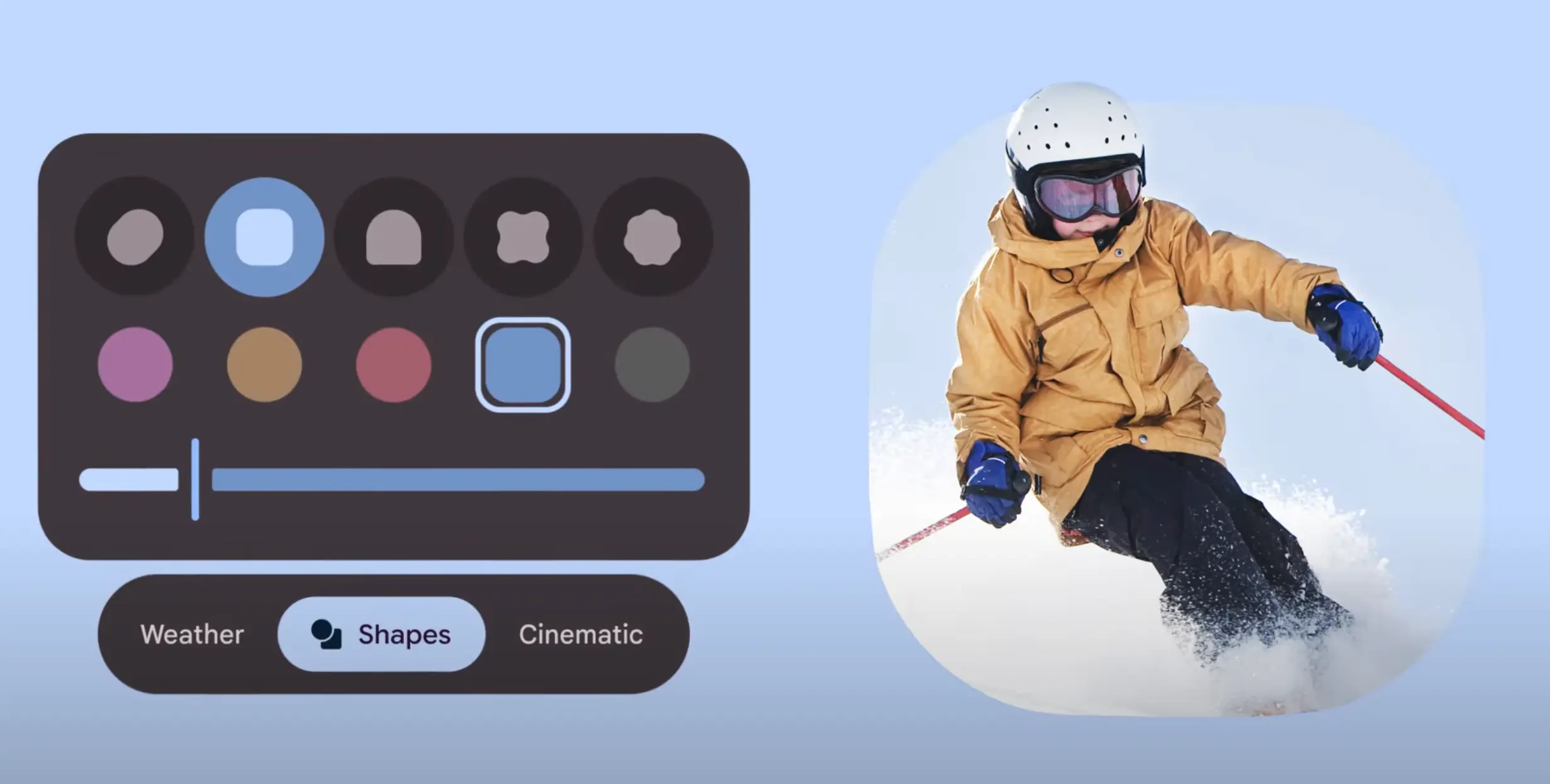
Live Updates: Real-Time Information at Your Fingertips
One of the most practical additions to Android 16 is the introduction of live updates for notifications. This feature addresses a common frustration many users face – constantly checking apps for status updates. Whether you’re waiting for a food delivery or tracking a ride-share, live updates provide real-time information directly in your notification panel.
Initially launching with compatible ride-share and food delivery applications, this feature represents a collaborative effort between Google and app developers to enhance the Android ecosystem. The functionality extends beyond stock Android, with Samsung integrating it into their Now Bar and OPPO/OnePlus incorporating it into their Live Alerts system.
Enhanced Camera & Media: low light boost and battery savings
Camera and media improvements include software-based low light enhancement for better dim-lighting photography and native PCM offload that allows DSPs to handle more audio playback processing, significantly extending battery life.
Intelligent Notification Grouping
Android 16 also tackles notification overload through automatic grouping of notifications from single applications. This force-grouping feature helps maintain a clean, organized notification panel by consolidating related notifications, reducing visual clutter and making it easier to manage your digital communications.
What’s new in September 2025 Security Patch?
The September 2025 update featurig build BP2A.250605.031.A2 includes bug fixes and improvements for Pixel users as listed below:
Audio
- Fix for issue Call Audio quality in certain conditions*[2]
- Fix for issue causing occasional system instability and performance slowdowns in certain conditions*[2]
- General improvements for system stability and performance in certain conditions*[1]
Battery & Charging
- Fix for: Battery Health display issues in certain conditions*[4]
Biometrics
- General improvements for fingerprint recognition and response in certain conditions*[2]
Bluetooth
- Fix for improvements in stability or performance for Bluetooth in certain conditions*[2]
Camera
- General improvements for camera stability and performance in certain conditions*[3]
Display & Graphics
- Fix for issue with screen turning black during transitions from a webpage in the in-app browser under certain conditions*[5]
Framework
- Fix for an issue where users are unable to type and keyboard stops responding in certain conditions*[2]
- Fix for issue with the power button stops working, in certain instances when connected to Android Auto and charging via USB-C*[1]
- Fix for secondary language showing up in quick settings in certain conditions*[2]
- General improvements for performance and stability in certain UI transitions*[2]
Kernel
- Fix for a stability and performance in certain conditions*[2]
System
- Fix for a system stability and performance issues in certain conditions*[2]
- Fix for issue causing Pixel launcher crash in certain conditions*[2]
- Fix for issue occasionally causing system instability in certain conditions*[1]
Telephony
- General improvements for network connection stability and performance in certain conditions*[2]
User Interface
- Fix for a crash impacting Android stability metrics*[2]
- Fix for a Java crash in System UI related to the Quick Tap gesture*[2]
- Fix for devices becoming unresponsive to touch across multiple screens or apps in certain conditions*[2]
- Fix for issue where long screenshots would sometimes duplicate content in certain conditions*[2]
- Fix for issues with navigation gestures in certain conditions*[2]
- Fix for issues with Quick Settings (QS) shade in certain conditions*[2]
- Fix for: Home button not responding reliably, leading to a frustrating user experience and difficulty navigating applications*[2]
Device Applicability
Fixes are available for all supported Pixel devices unless otherwise indicated below. Some fixes may be carrier/region specific.
*[1] Pixel 6, Pixel 6 Pro, Pixel 6a, Pixel 7, Pixel 7 Pro, Pixel 7a, Pixel 8, Pixel 8 Pro, Pixel 8a, Pixel Fold, Pixel Tablet, Pixel 9, Pixel 9 Pro, Pixel 9 Pro XL, Pixel 9 Pro Fold, Pixel 9a
*[2] Pixel 6, Pixel 6 Pro, Pixel 6a
*[3] Pixel 7, Pixel 7 Pro, Pixel 7a, Pixel 8, Pixel 8 Pro, Pixel 8a, Pixel Fold, Pixel Tablet, Pixel 9, Pixel 9 Pro, Pixel 9 Pro XL, Pixel 9 Pro Fold, Pixel 9a
*[4] Pixel 7, Pixel 7 Pro, Pixel 7a, Pixel 8, Pixel 8 Pro, Pixel 8a Pixel Fold
*[5] Pixel 8, Pixel 8 Pro, Pixel 8a, Pixel Fold, Pixel Tablet, Pixel 9, Pixel 9 Pro, Pixel 9 Pro XL, Pixel 9 Pro Fold, Pixel 9a
*[6] Pixel 9, Pixel 9 Pro, Pixel 9 Pro XL, Pixel 9 Pro Fold, Pixel 9a
Installation Options
Method 1: Android Settings (Recommended)
The best option is to visit Settings > System Updates > Check for OTA updates on your phone settings.
Method 2: Manual Installation
Alternatively, you can get Android 16 on select Pixel devices by downloading the full Factory Images listed below and install them via the new Android Flash Tool portal.
You will need to enable USB Debugging (ADB access) and OEM Unlocking before flashing the Android 16 stable image.
For advanced users, manual installation options include:
- Android Flash Tool Files (Install)
- Factory Image Files (Downloads)
- Apply OTA images — can be installed without data reset and bootloader unlocking
- Installation Instructions (Install)
- Download Android 16 GSI (Generic System Image)

